This year marks 150 years since DMU’s predecessor institution, the Leicester School of Art opened its doors in the city. In part two of DMU through the decades, we look at the Leicester Colleges of Art and Technology, Leicester Polytechnic and finally DMU.
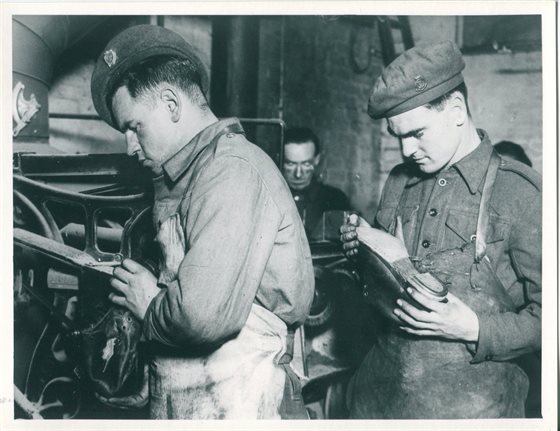
1940s:
Students made furnishing and equipment for hospitals, painted murals in Leicester’s air raid shelters and made posters for the local civil defence committee.
Short courses in key skills were run for members of the forces, and the college also ran classes for women entering munitions factories nearby,
After the war, it emerged the college had been a top-secret radar training station.
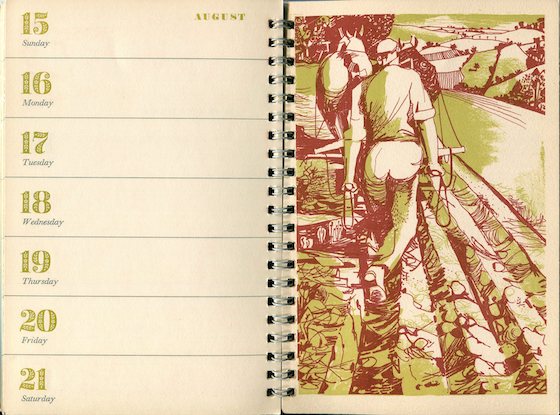
1950s: An example of the diaries produced by staff and students from Leicester College of Art. This one, from 1954, is by Rigby Graham who drew Leicestershire landscapes.
The college became one of the first to teach computer science, beginning classes in 1958 - just a year after Oxford.
In Leicester during the 1950s, most people left school at 15 and went to work in the city’s thriving boot and shoe factories, or the textile and hosiery industry. It was a boom time for Leicester and further education was very much tailored to vocational skills. Both the College of Technology and the College of Art worked closely with local industry to serve their needs.
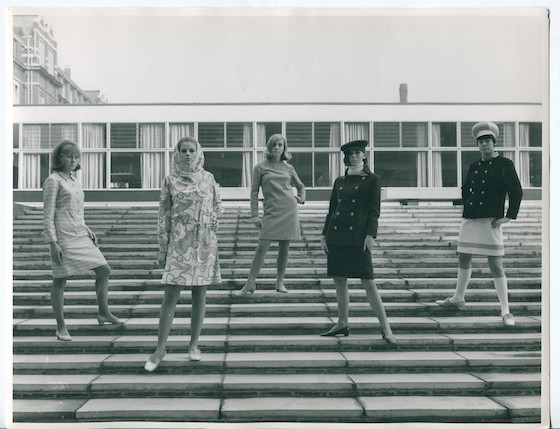
1960s: By now the Hawthorn Building was running out of space, so the Fletcher Building was commissioned. It was officially opened by the Queen Mother in 1966. It had a Paternoster lift, and was specially designed to have an outside auditorium for bands and student shows. Famously, Jimi Hendrix played there and there were ‘Fletcher all nighters’ packed with students.
Fashion students were taken to Paris in their second year to immerse themselves in the glamour of Paris Fashion Week, soaking up inspiration from the likes of Dior, Yves St Laurent and Givenchy.
In 1969, the James Went building – an 11-storey block to house the School of Business and Management and the School of Mathematics, Accounting and Statistics – opened. It was famous for its paternoster lift (which lasted longer than the one at Fletcher) which is still fondly remembered by graduates today.
That same year, April 1969, the Leicester Colleges of Art and Technology were formally designated as Leicester Polytechnic.
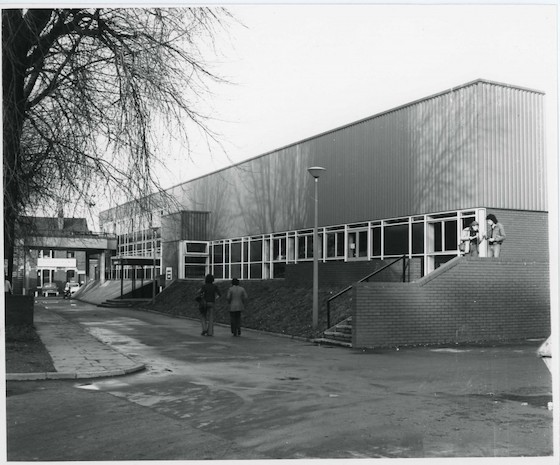
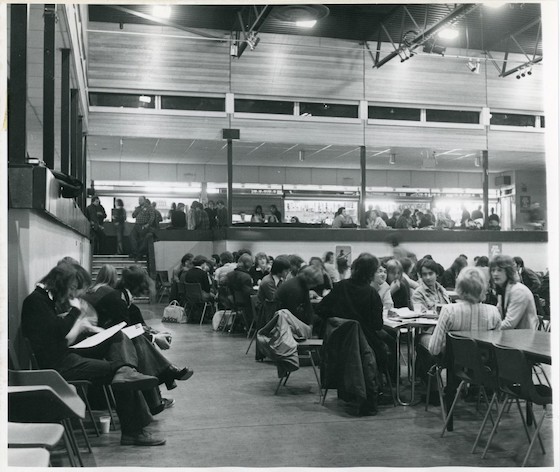
1970s: Leicester Polytechnic students’ union quickly gained a reputation for booking bands on the cusp of greatness. Bob Marley and the Wailers, Family, Genesis, David Bowie, Roxy Music and more were among the big names who could be seen ‘down the Poly’.
New buildings appeared on campus – Clephan was created from a former hosiery factory, and Kimberlin Library was officially opened in 1977.
The Scraptoft campus opened for the first time following a merger with the City of Leicester College of Education, adding subjects such as speech therapy, performing arts and teacher training to the courses offered.
And Leicester Polytechnic was ahead of the game when it came to digital art, too. Some of the earliest kinds of computer art were made by students and staff, including Ernest Edmonds who is still part of DMU’s Institute of Creative Technologies.
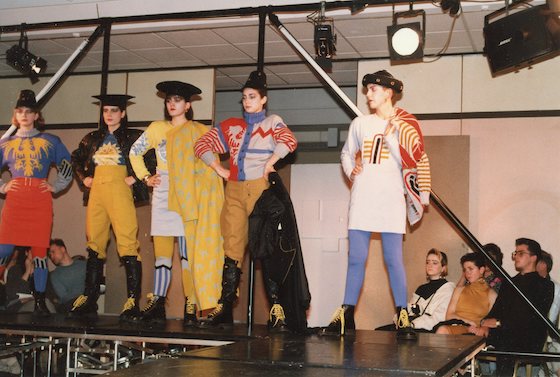
1980s: The 1980s ushered in the era of the Yuppies, glitz and glamour for fashion students who mixed with the likes of Jeff Banks, Jean-Paul Gaultier and more at industry soirees. Leicester’s reputation for creative excellence brought budding designers in their droves to be taught by people at the top of their game.
The head of the Design Foundation Department was George Hostler, a knitwear designer whose creations were sold all over the world and worn by the likes of Princess Diana and Elton John.
Over in Scraptoft, writer Louis de Bernieres - who would later achieve fame as the author of Captain Corelli’s Mandolin - gained his MA in Education at Leicester Polytechnic.
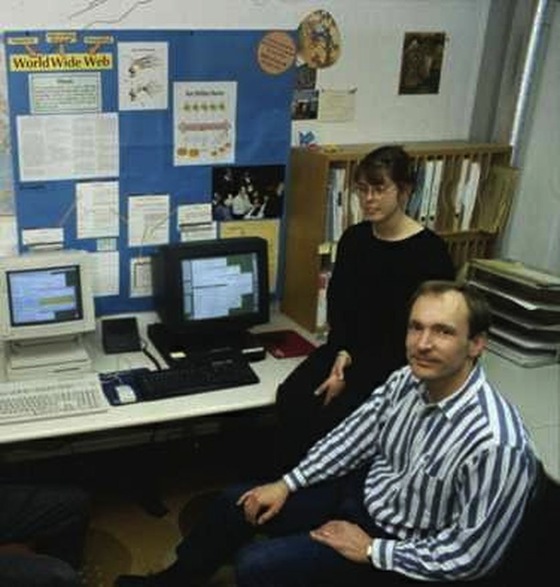
1990s: Leicester Poly became De Montfort University in 1992, and campuses soon opened in Milton Keynes, Bedford and Lincoln. Demon FM, the university’s award-winning student radio station, goes on the air for the first time in 1995. It would be the launchpad for many presenters and producers around the UK.
In 1991, mathematics student Nicola Pellow helped develop the world wide web while on placement at science research HQ CERN. She wrote the code for the first cross-platform browser, which made the internet accessible to everyone for the first time.
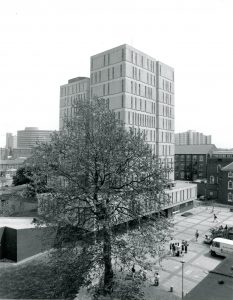
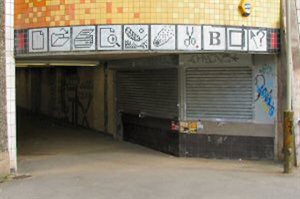
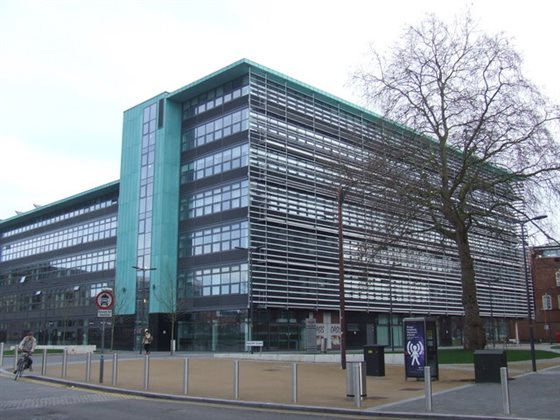
2000s: Dramatic changes to the campus and the city came in the early 2000s, as the James Went building was demolished, the dark underpass filled in and the medieval Magazine Gateway rescued from the middle of the ring road where it had been marooned since the 1970s.
All the outlying campuses that had been bought the previous decade were sold off, ending courses such as agriculture and horticulture which had been taught.
DMU’s new logo was changed to a lion, which had been part of the Leicester Polytechnic coat of arms – and we now have our own mascot in Monty the Lion!
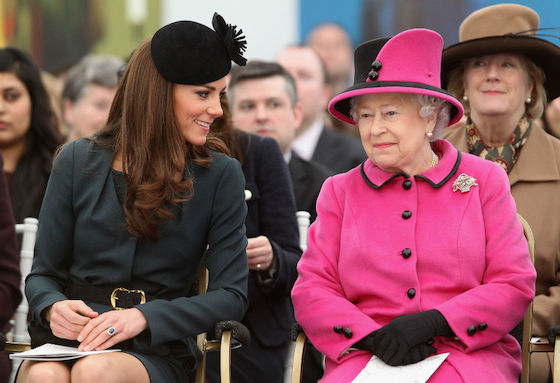
2010s: In 2012, all eyes were on DMU as Her Majesty The Queen began her Diamond Jubilee tour of the UK in Leicester at the university, accompanied by Prince Philip and the Duchess of Cambridge. It would be the Duchess' first public engagement.
Her Majesty had been to DMU before, in 1993, when she officially opened the Queens Building, which at the time was one of the most advanced 'green' buildings in the country. The building was home to the School of Engineering and Manufacture, and now houses our faculty of Technology.
The new look of the campus continued - DMU spent £136m on a transformation which saw Mill Lane pedestrianised and landscaped, the Vijay Patel building designed, built and opened and Leicester Castle restored, working with English Heritage on the programme which maintains its historic court room.
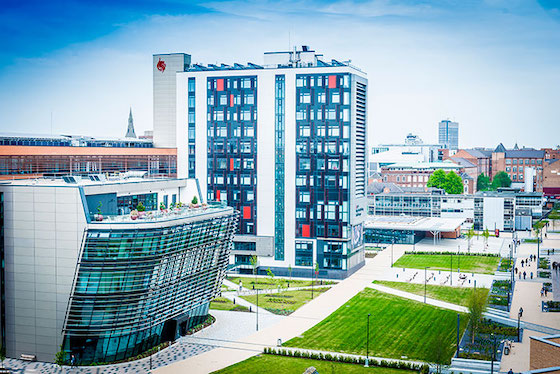
Posted on Tuesday 26 May 2020